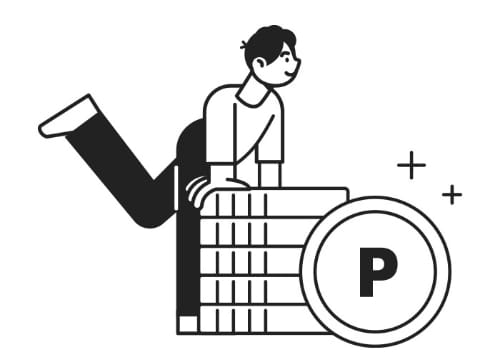My Dear Friend
I hope this message doesn’t appear strange because I’m not asking for money. My only lawyer passed away early last year. I found your email through your country’s guest book, which I found in my late husband’s archives. If God allows me more time, I would love to visit again. Based on your good reputation, I want to ask for your help with carrying out my will and see if I can trust you.
My name is Mrs. Joahana Lee Creek from London. I’m 70 years old and currently battling endometrial cancer. I want you to help me set up a charity project using the money I inherited from my late husband, who died in a car accident. I grew up in an orphanage and was married to him for 39 years, but we never had children.
Since getting sick, some so-called friends have taken advantage of my wealth, and I can’t trust any of them with this responsibility anymore. So, I sold all my inherited possessions and deposited ?9 million with my bank. What I need now is someone honest who will use at least 60% of the money as I direct for the charity, and the remaining 40% will be yours as thanks for helping me carry out this mission. Donating this money is the legacy I want to leave behind after I’m gone.
You don’t need to send me any money or anything like that. It doesn’t matter what religion you follow—Christianity, Islam, Hinduism, Buddhism—I just need to know that you’re trustworthy because there are too many greedy people these days everywhere in the world. Once you respond, I’ll share more details with you.
I look forward to hearing from you.
Best wishes.
Mrs. Joahana L Creek


